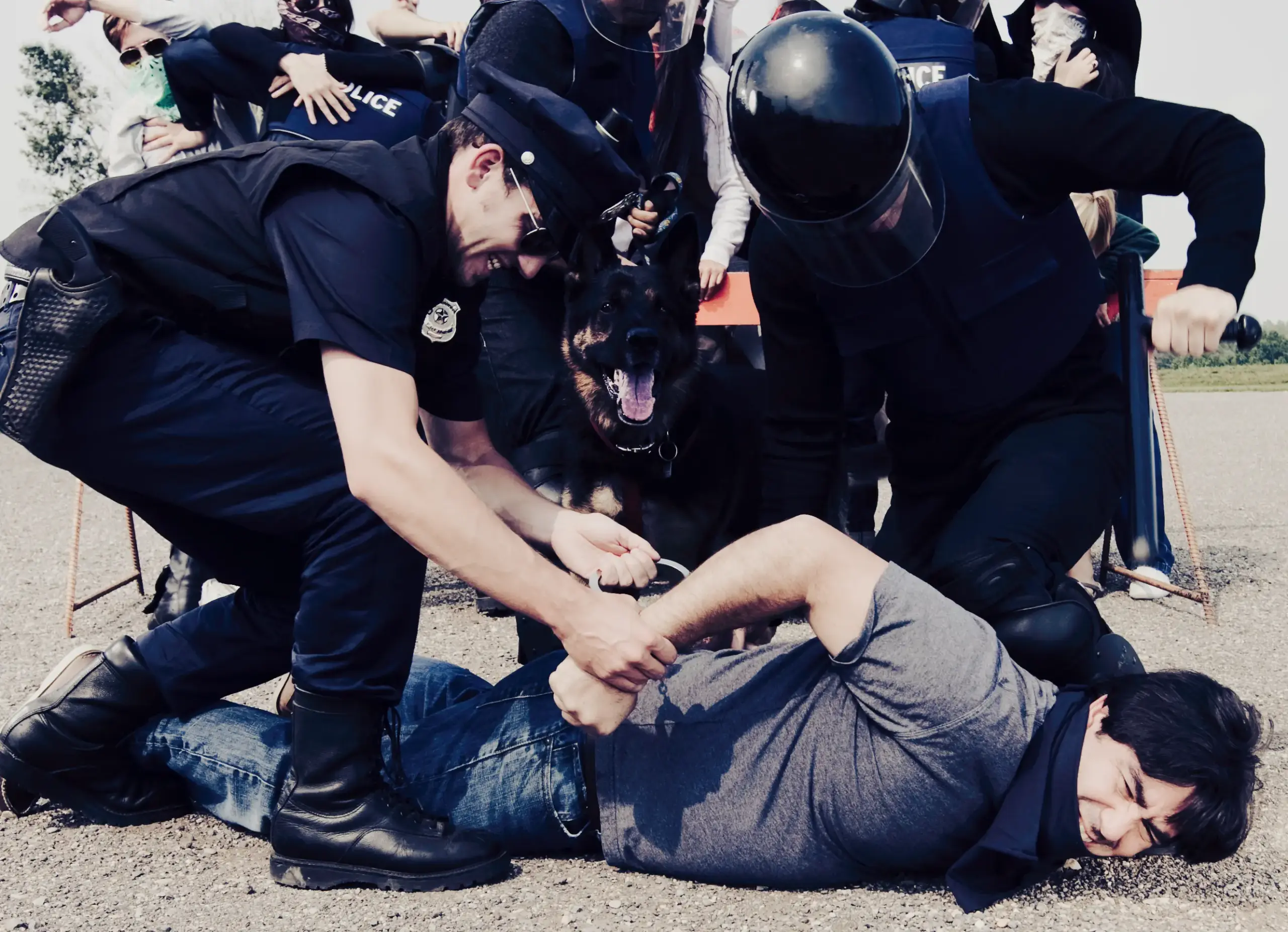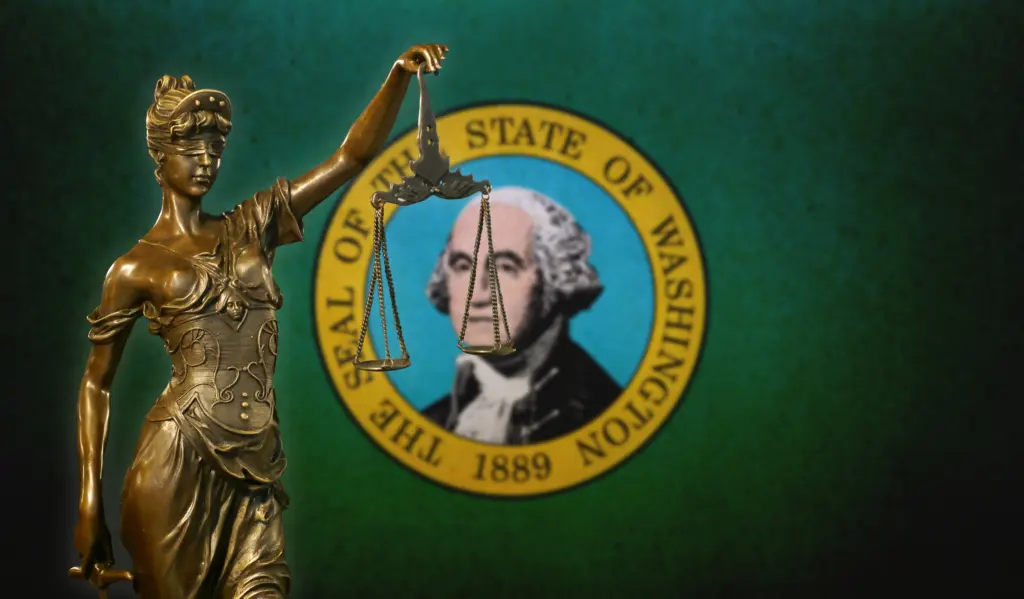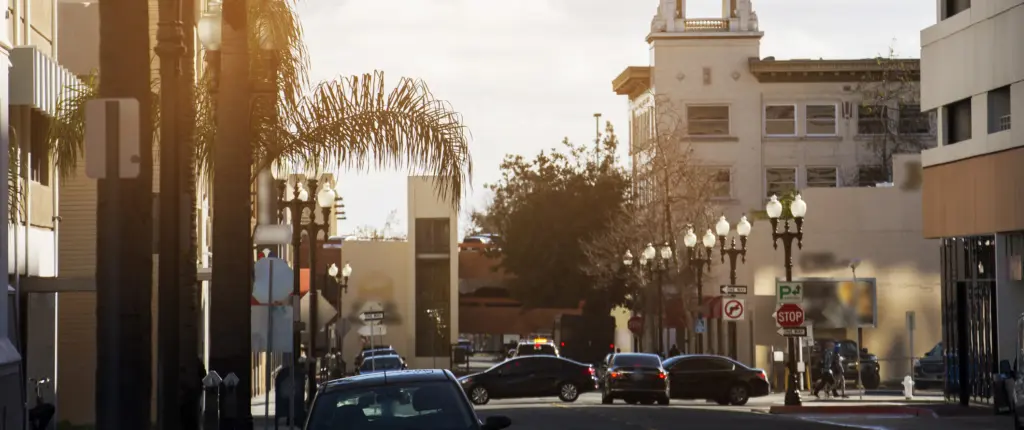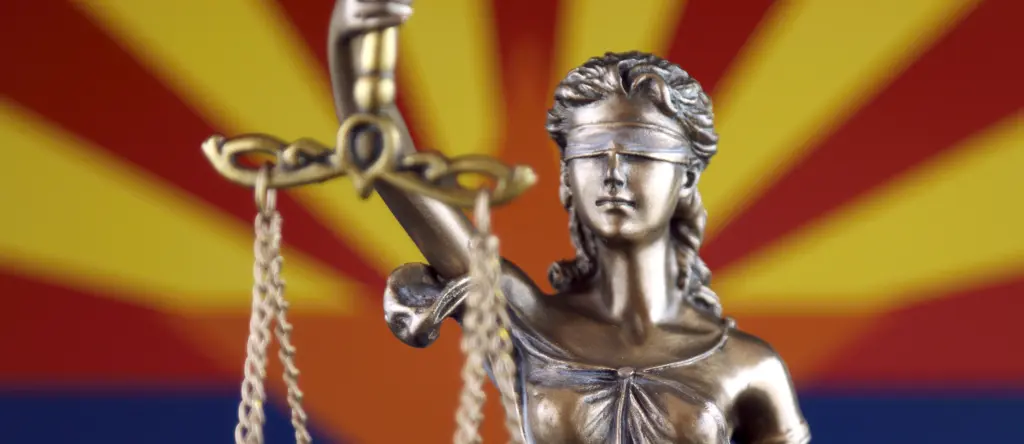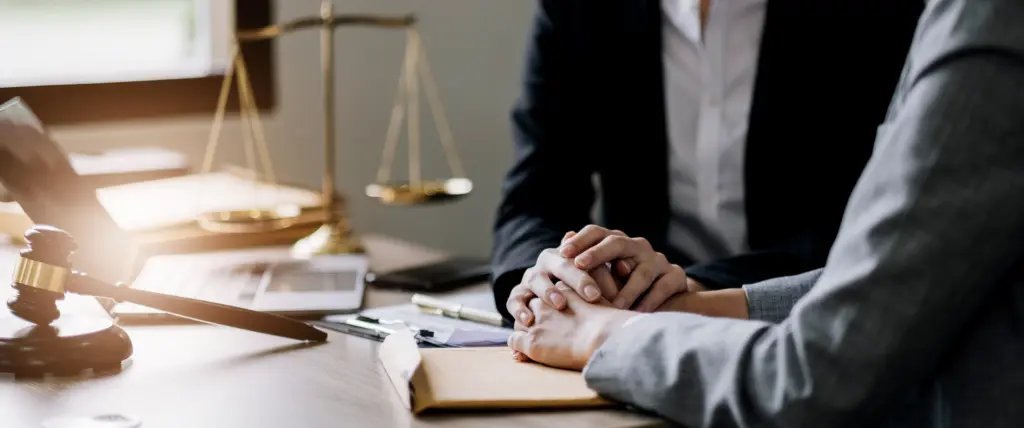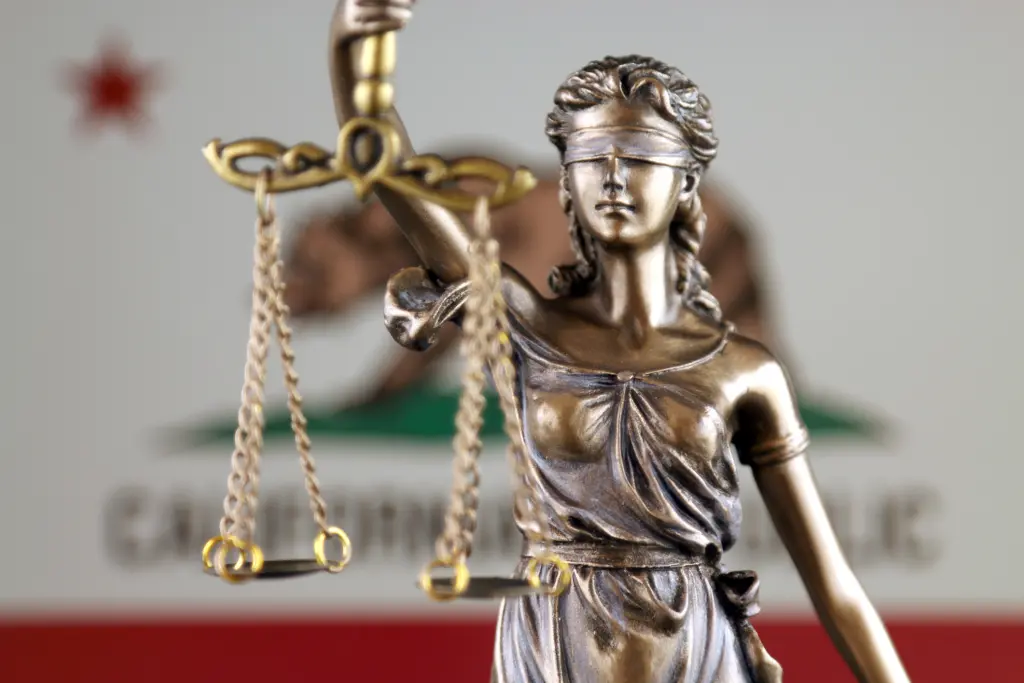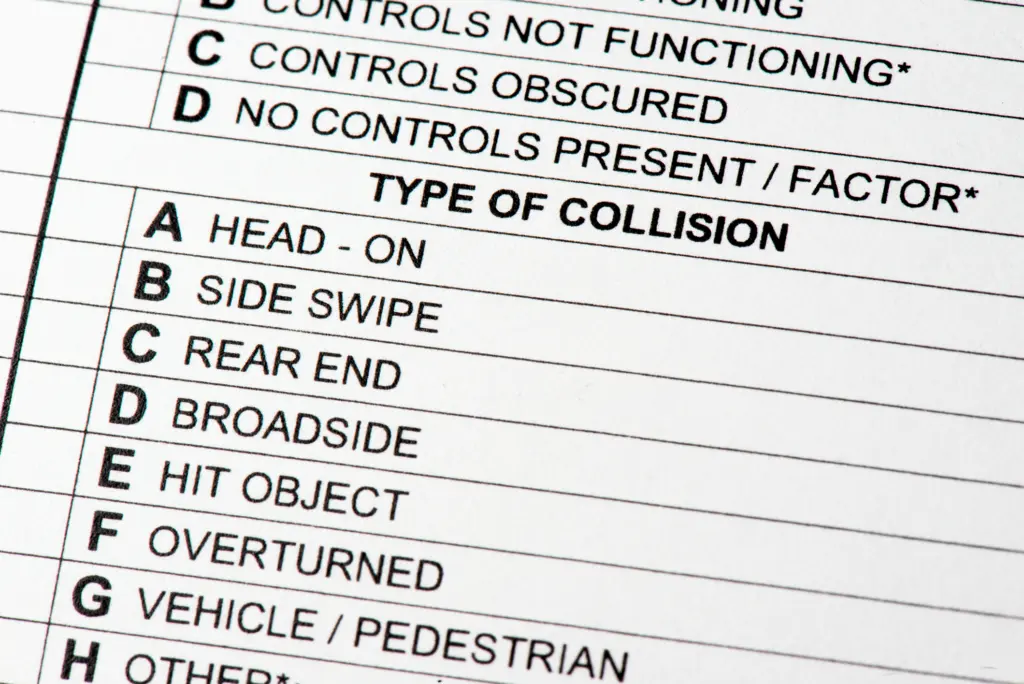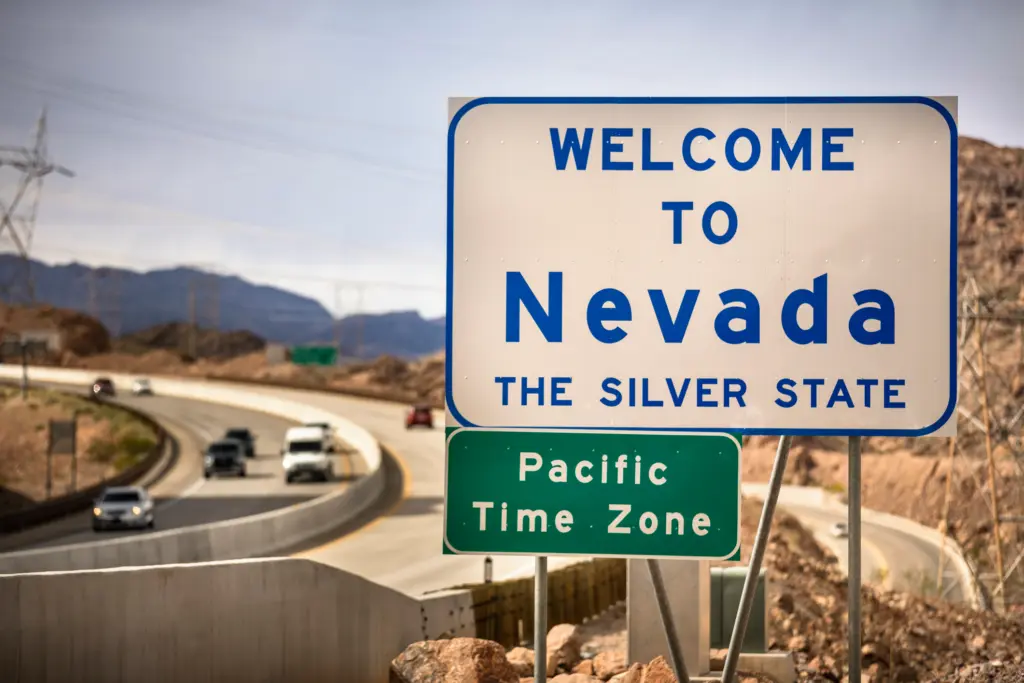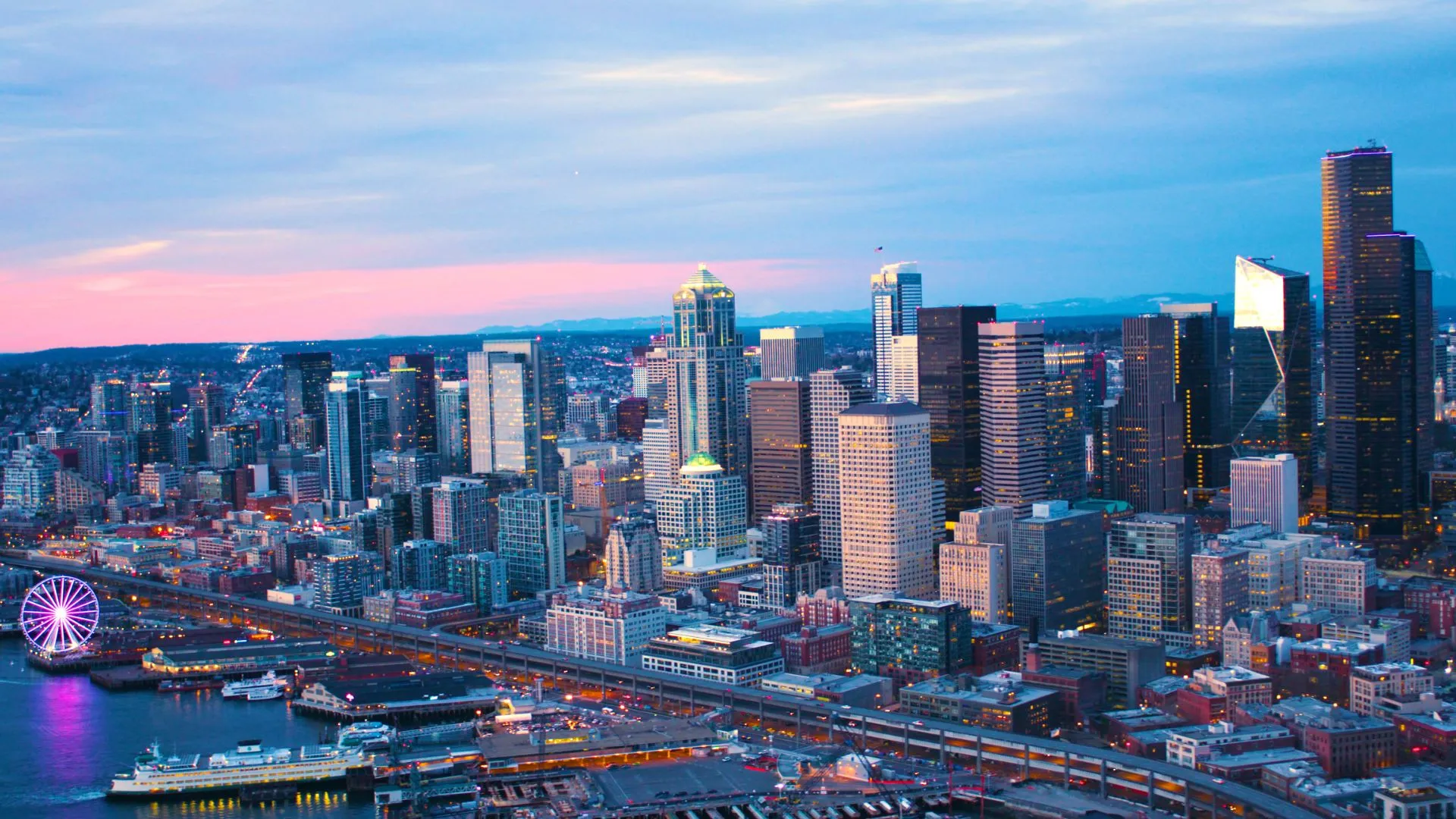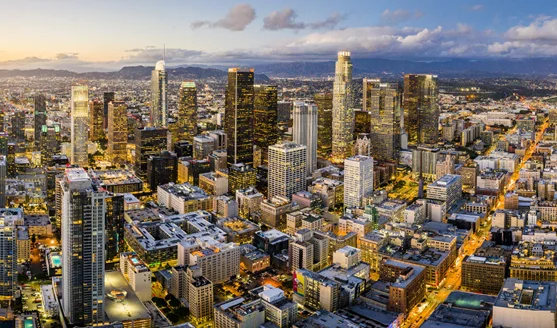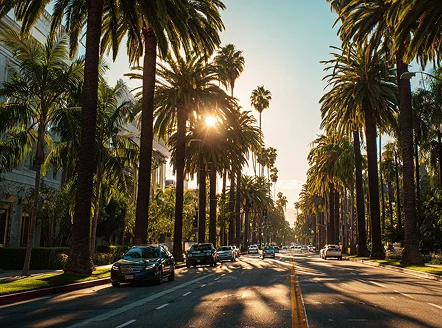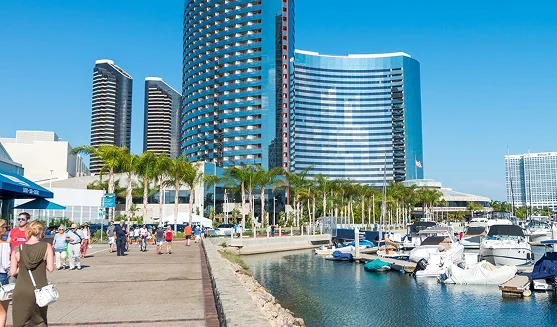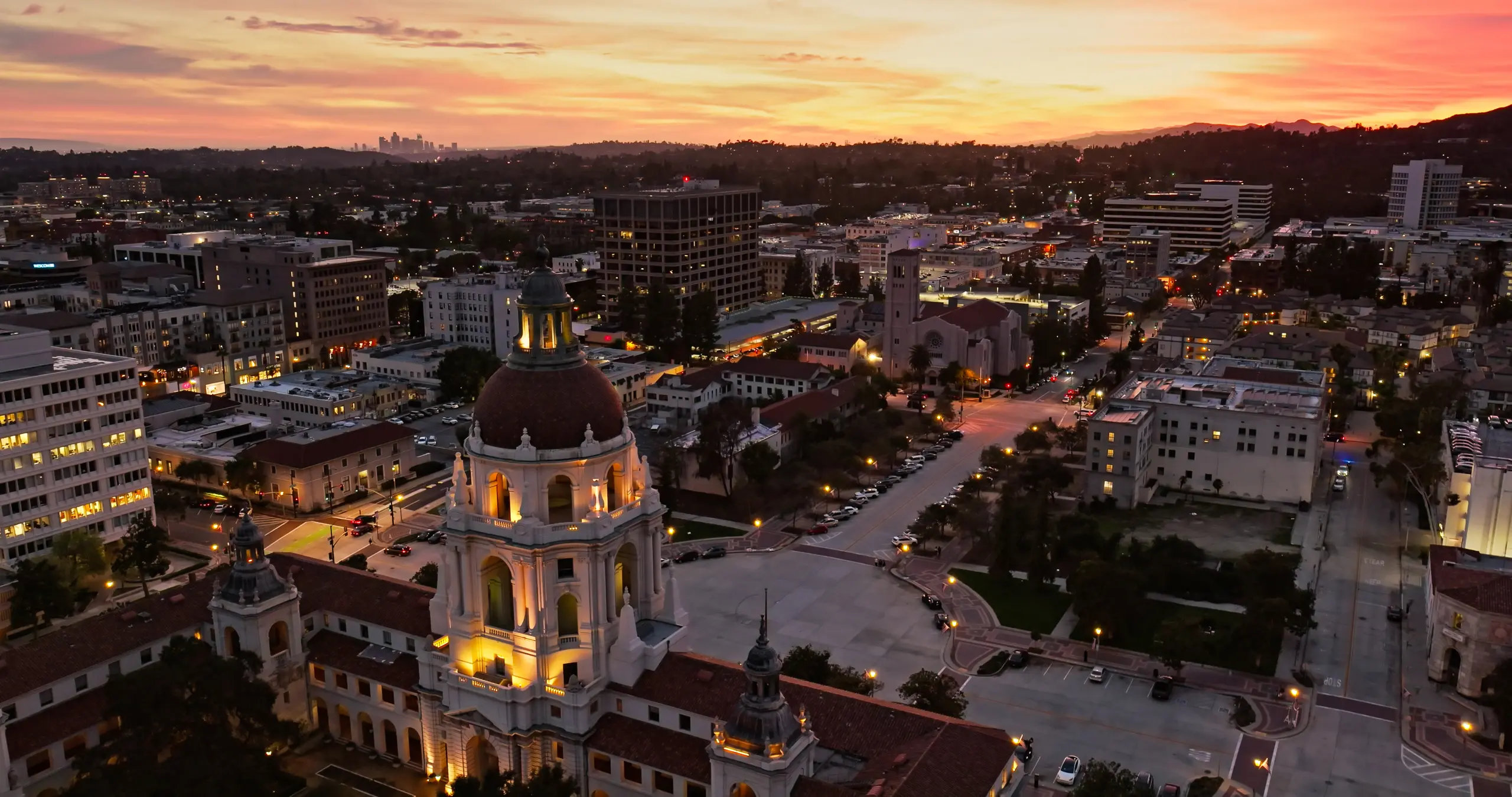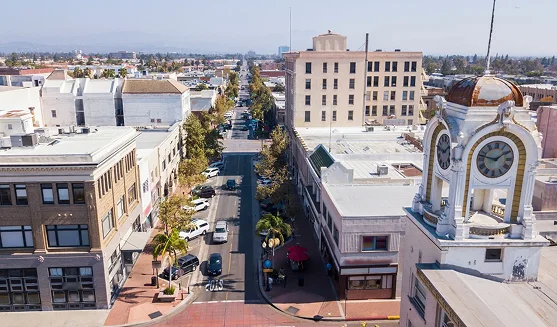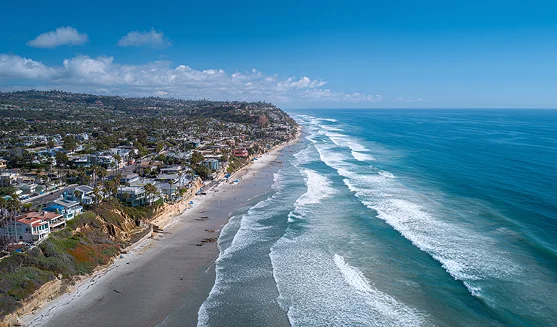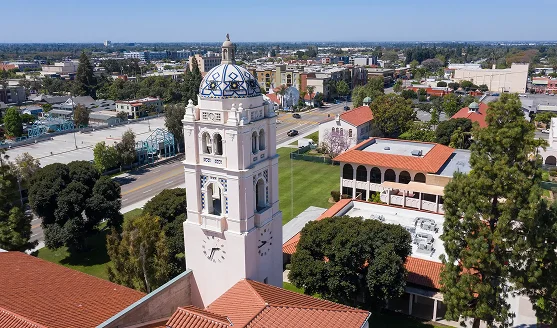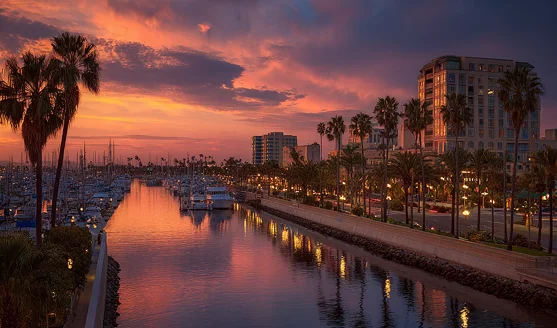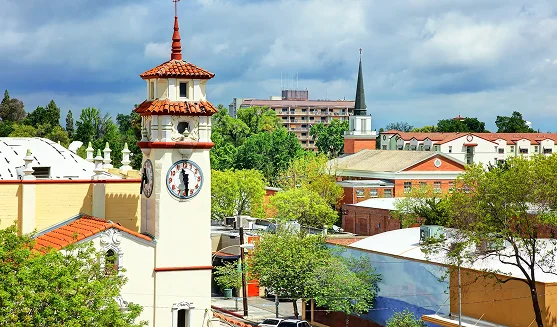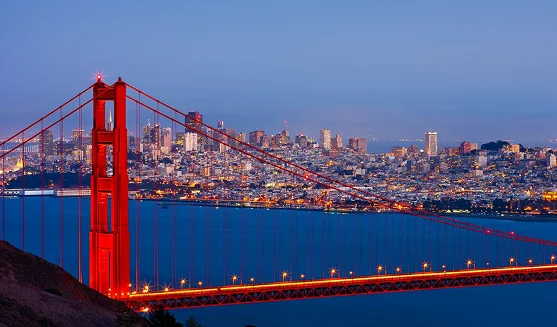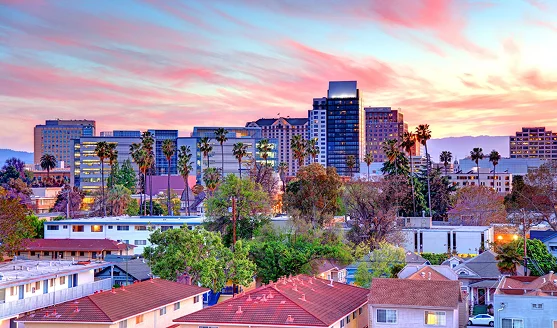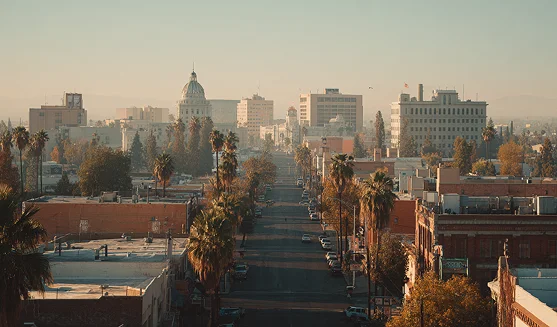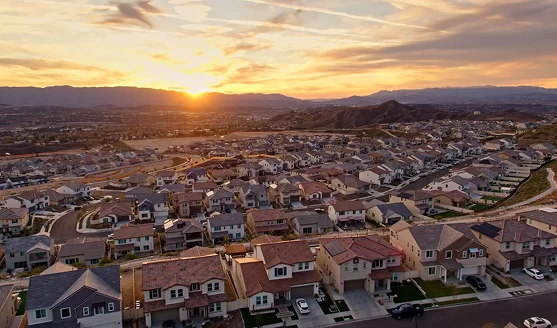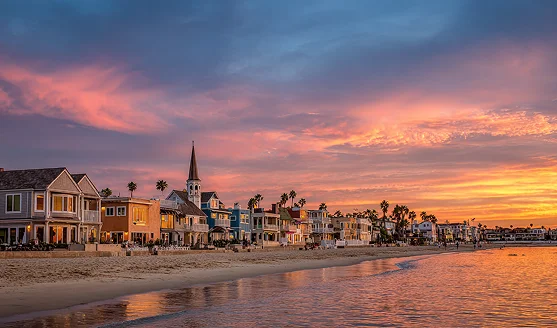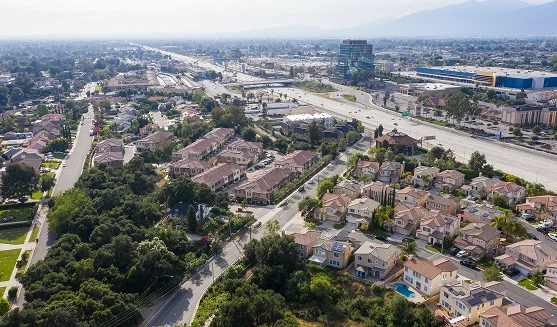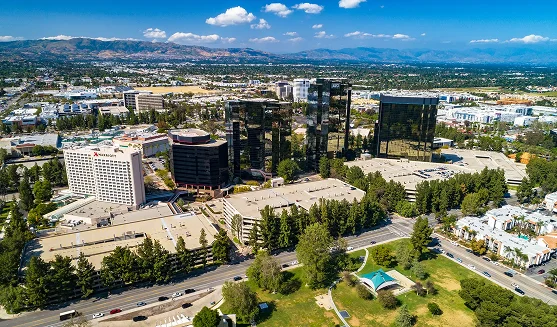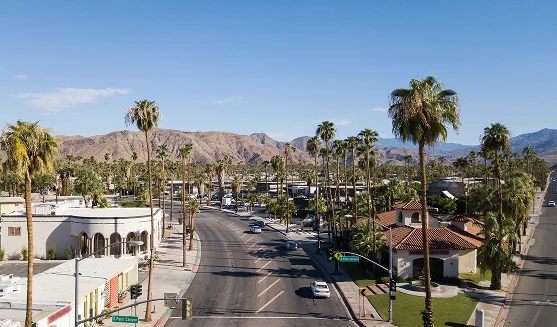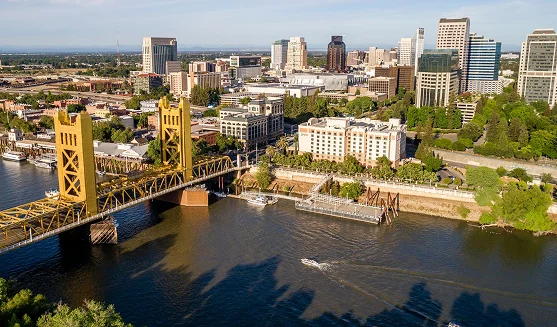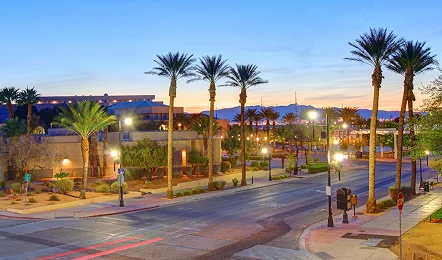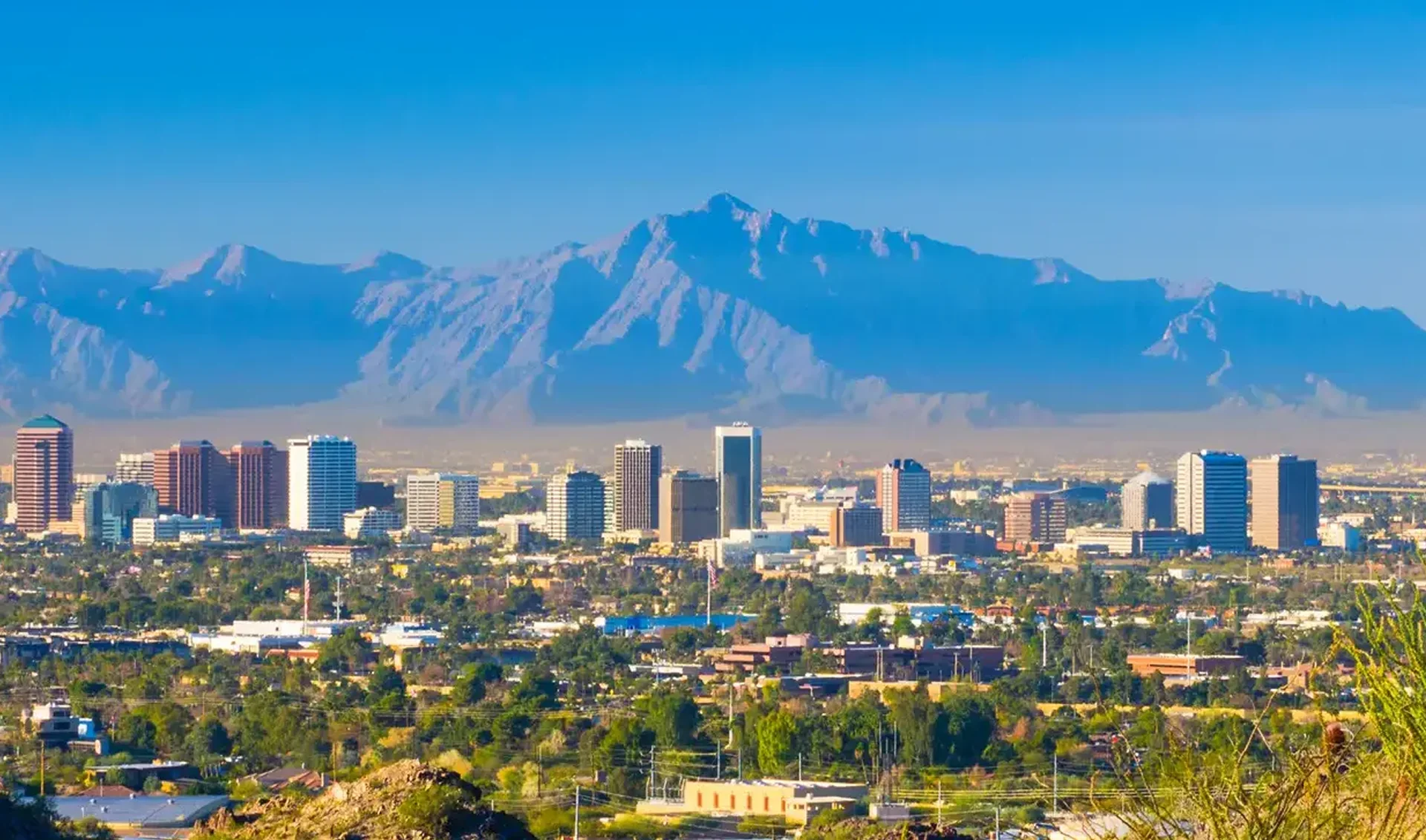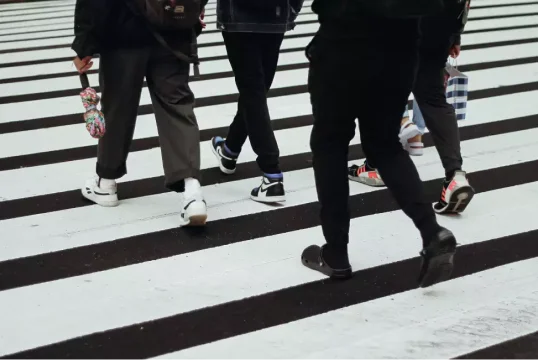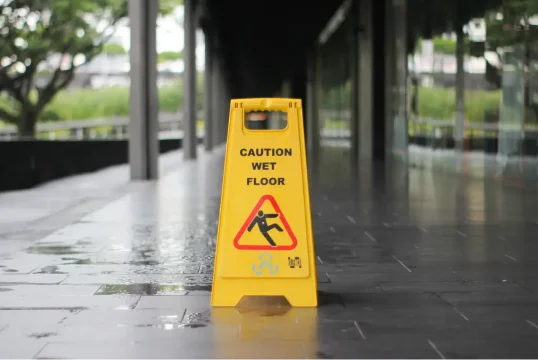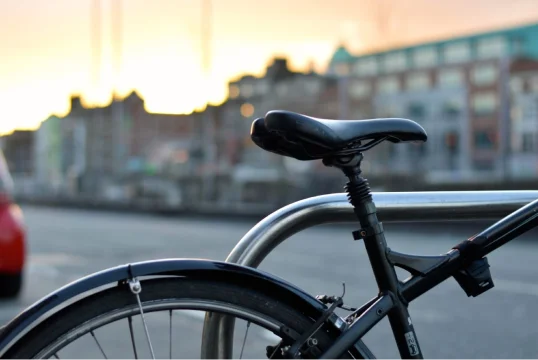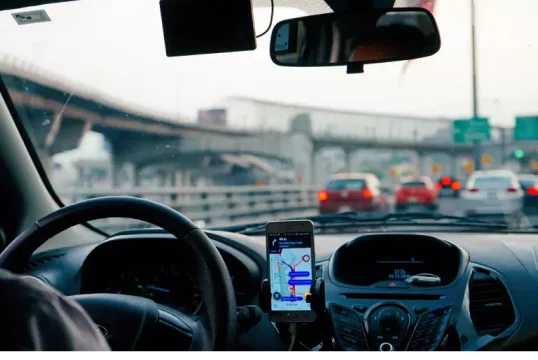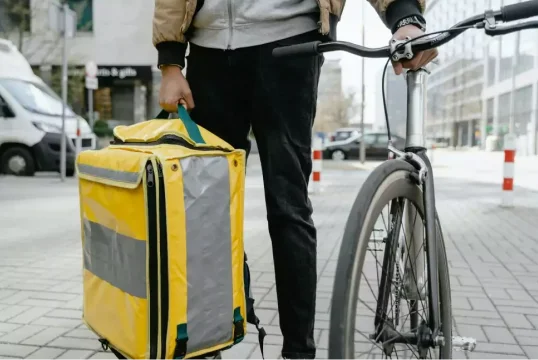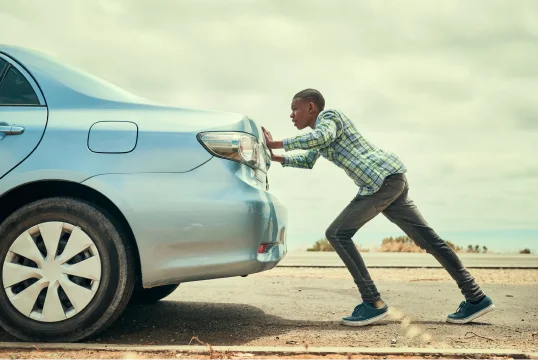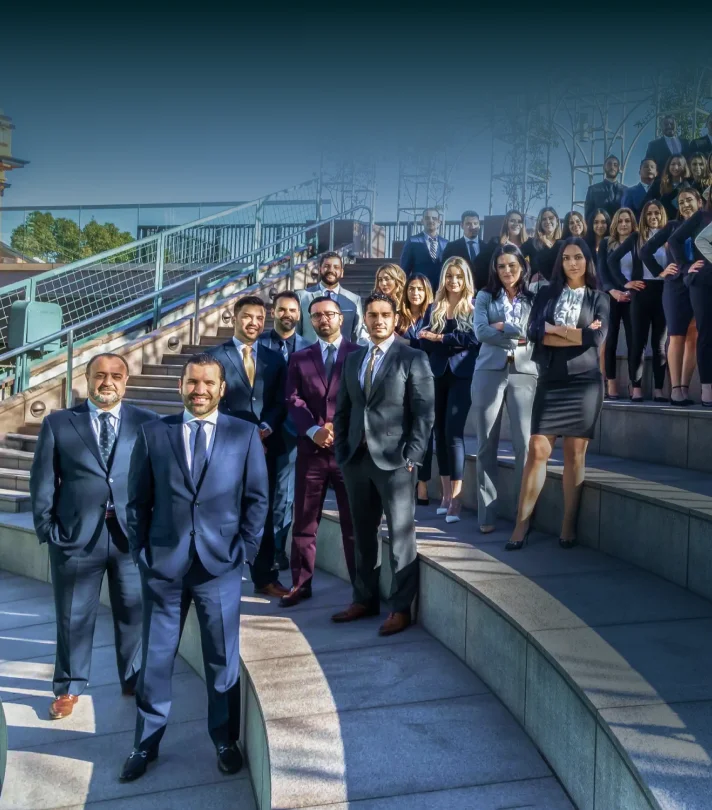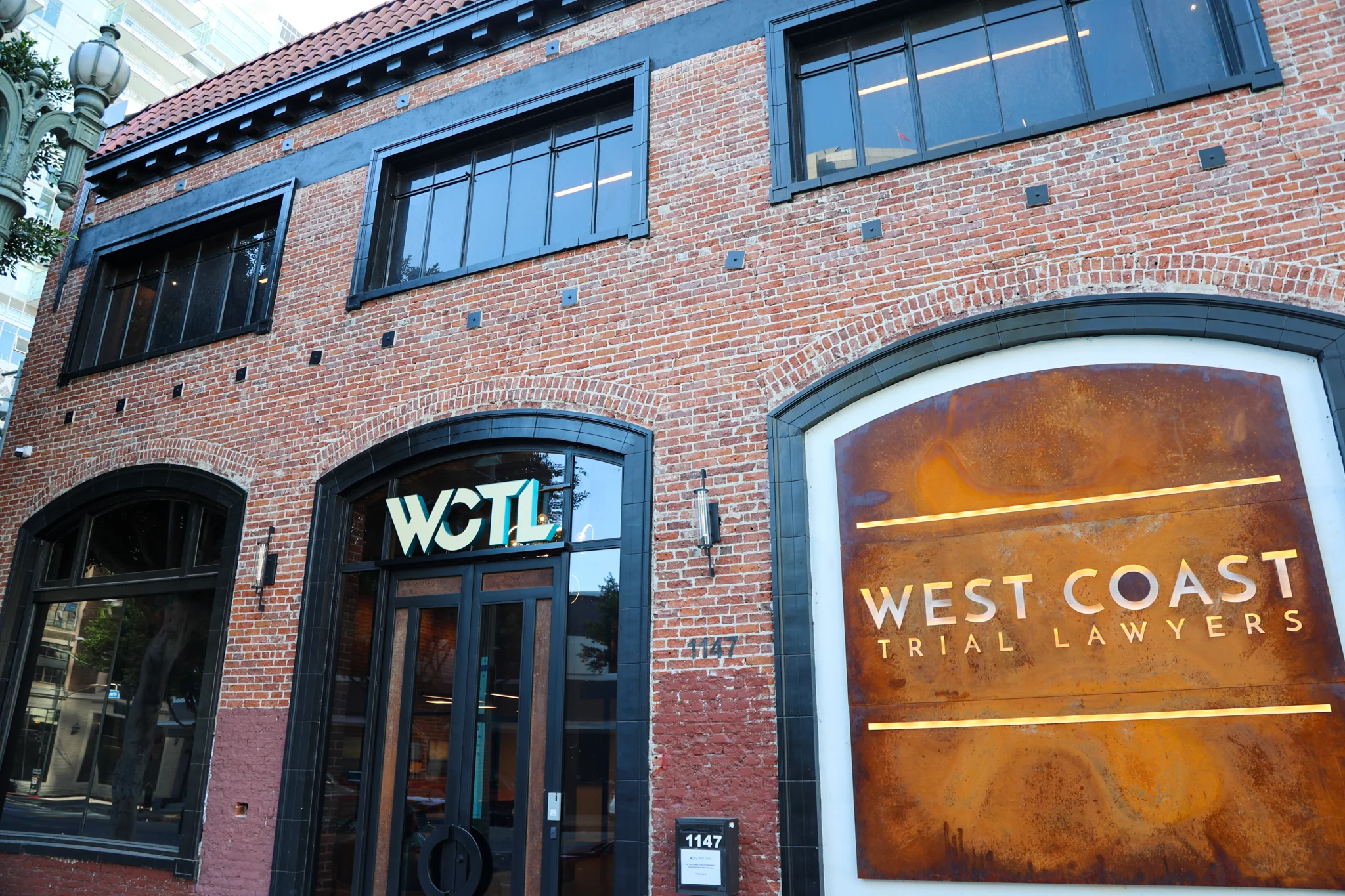Recent protests across California and other parts of the U.S have highlighted, once again, a persistent issue many Americans unfortunately deal with: police brutality. From rubber bullets and tasers to tear gas deployment, countless individuals have suffered harm at the hands of law enforcement during these demonstrations. Which begs the question, “When does an officer’s job to keep the peace cross into excessive force that harms your rights?”
At West Coast Trial Lawyers, we’re here to empower victims with the knowledge and legal support needed to seek justice. This in-depth guide explores police brutality, its forms, legal options, and how our firm can help you fight for your rights.
What is Police Brutality?
Police brutality is the excessive or unwarranted use of force by law enforcement officers, violating citizens’ constitutional protections under the Fourth and Fourteenth Amendments. This includes physical violence, verbal abuse, psychological intimidation, or misuse of authority.
In the context of recent protests, brutality often happens as aggressive crowd control tactics, such as firing rubber bullets, deploying tasers, or using tear gas indiscriminately, causing severe injuries and trauma.
Duty and Justice vs. Cruelty and Excessive Force
What separates lawful policing from excessive force comes down to fairness. Officers are allowed to use force to handle a situation, but it should match the level of threat. When they go too far, like using extreme force on a peaceful protester, it crosses into brutality.
Officers may use force to address threats, but it must be “objectively reasonable” under the circumstances, as established in Graham v. Connor (1989). When officers prioritize control over safety, their actions can cross into cruelty, leaving victims with lasting physical and emotional scars.
Common Forms of Police Brutality
Police brutality takes many forms, especially during protests and large political gatherings where people are exercising their right of free speech. From what is commonly seen in protests, the following actions can be considered as police brutality if on-duty officers use them recklessly.
- Physical Abuse– Beatings, chokeholds, taser misuse, or injuries from “less-lethal” weapons like rubber bullets, which can cause fractures, blindness, or concussions.
- Chemical Exposure– Tear gas or pepper spray causing respiratory harm, burns, or vision impairment.
- Verbal Abuse– Threats, racial slurs, or derogatory language to intimidate protesters.
- Psychological Abuse– Harassment or intimidation tactics to prevent free speech or assembly.
- Misuse of Authority– False arrests, unlawful detentions, or targeting individuals for exercising their First Amendment rights.
Statistics on Police Brutality
The scope of police brutality, especially during protests, is alarming because the chances of suffering a life long injury or fatality dramatically increases. For instance, a 2023 report by Mapping Police Violence recorded over 1,200 police-related deaths in 2022, with Black Americans 2.5 times more likely to be killed than white Americans.
A 2021 Kaiser Family Foundation study found that 60% of protest-related injuries from 2020 involved rubber bullets, tasers, or tear gas, with 15% resulting in permanent disabilities like vision loss. The Bureau of Justice Statistics also reported in 2021 that 31% of individuals experiencing police interactions described excessive force, with protest settings increasing these incidents.
On top of it all, a 2024 ACLU analysis noted that only 8% of police brutality complaints lead to officer discipline, highlighting systemic accountability gaps. These alarming stats show the urgent need for legal action to hold officers and departments accountable.
Protest-Related Injuries and Fatalities
Recent protests have seen a surge in injuries from aggressive police tactics, causing harm to individuals and communities. As such, if you or someone you know have suffered any of the following injuries, it is imperative to seek medical assistance as soon as possible.
Impact Injuries
Rubber bullets, beanbag rounds, and batons can cause severe trauma, including broken bones, concussions, internal bleeding, or permanent blindness. A 2020 study in The Lancet documented over 1,900 rubber bullet injuries during U.S. protests, with 3% resulting in vision loss.
Chemical Exposure
Tear gas and pepper spray can leave you struggling to breathe, cause painful chemical burns, corneal abrasions, or even lead to lasting lung problems. The CDC notes that the fact that tear gas is banned in warfare, but is permitted in domestic policing, raises a number of ethical concerns.
Taser Misuse
Excessive or prolonged taser use can cause cardiac arrest, severe burns, or neurological damage, particularly in vulnerable individuals, like those with pre-existing conditions.
Chokeholds and Restraints
Improper restraint techniques, such as chokeholds or kneeling on a person’s neck, can lead to asphyxiation, spinal injuries, or death, as seen in cases like George Floyd’s killing in 2020.
Fatal Shootings
In extreme cases, police may use lethal force, resulting in fatalities. Mapping Police Violence reported 32 protest-related deaths from 2015 to 2023, often involving firearms or excessive force.
Vehicle Ramming
Officers driving vehicles into crowds or striking protesters can cause crush and impact injuries, fractures, or fatalities, with documented cases during 2020 protests.
Psychological Trauma
Intense harassment or intimidation during protests can lead to PTSD, anxiety, or depression, impacting victims’ quality of life.
What Actions Are Punishable Under Law?
Officers face legal consequences for actions like:
- Assault and Battery: Excessive physical force, including misuse of rubber bullets or tasers.
- Unlawful Detention or Arrest: Detaining protesters without probable cause.
- Civil Rights Violations: Breaching protections under 42 U.S.C. § 1983, such as the right to free speech or freedom from excessive force.
- Manslaughter or Murder: Rare but possible in cases of lethal force, as seen in high-profile incidents like Breonna Taylor’s who was fatally shot during a botched raid by Louisville police officers.
Remember, victims of police brutality can seek civil remedies for damages or support criminal charges against officers.
Can You Sue for Police Brutality?
Yes, victims can sue officers and departments under federal (42 U.S.C. § 1983) and state laws, such as California’s Bane Act (Civil Code § 52.1). Successful lawsuits may result in compensation for:
- Medical expenses (e.g., treatment for tear gas exposure or rubber bullet injuries)
- Lost wages
- Emotional distress
- Punitive damages to deter future misconduct
What Is the Success Rate in These Lawsuits?
While the success rate for police brutality cases depend on the amount of evidence, jurisdiction, and case details, a 2022 National Bureau of Economic Research study found that 40% of civil rights lawsuits against police result in settlements or plaintiff victories.
Cases with video footage like body cams or surveillance footage or medical documentation of injuries have higher success rates. However, qualified immunity can pose challenges, but our experienced attorneys at West Coast Trial Lawyers know how to navigate these obstacles.
Do You Need a Criminal or Personal Injury Attorney?
For police brutality cases, a personal injury attorney specializing in civil rights is ideal. These attorneys pursue civil lawsuits to secure compensation. If you face charges from a protest (e.g., resisting arrest or assault on an officer), a criminal defense attorney may be needed and is better suited for the task.
Has Police Brutality Gotten Better or Worse?
Even with public outcry and changes like body cameras, police brutality hasn’t gone away. A 2024 report from the Police Executive Research Forum shows that while training has helped in some cases, excessive force, especially with rubber bullets and tear gas, is still a serious problem.
Data from Fatal Encounters reveals that 1,100–1,200 people have died each year from police actions between 2015 and 2024. Social media has shed light on these injustices, but deep-rooted issues, like a lack of real accountability, keep progress slow. That’s why victims need dedicated legal advocates like West Coast Trial Lawyers to fight for change and justice.
State and Federal Codes Against Police Brutality
As police brutality is a concerning topic that requires a special level of attention, there are a number of key laws that address police misconduct and if you have been a victim of police brutality, it is important to understand what rights they may have violated.
Federal Laws
- Civil Rights Act (42 U.S.C. § 1983): Allows lawsuits for constitutional violations, including excessive force during protests.
- Violent Crime Control and Law Enforcement Act (1994): Allows DOJ investigations into departments with patterns of misconduct and a history of violence.
California Laws
- Penal Code § 149: Prohibits assault by officers under color of authority.
- Penal Code § 835a: Mandates reasonable and proportionate force.
- Bane Act (Civil Code § 52.1): Protects against interference with rights, such as free speech during protests.
How Do You Prove Police Brutality?
If you’ve been harmed by police brutality, take these steps to ensure your chances of getting justice and holding those responsible for their negligent actions:
- Document Everything: Collect medical records, photos of injuries (e.g., taser burns or rubber bullet wounds), videos, and witness statements.
- File a Complaint: Report misconduct to internal affairs or civilian oversight boards, a very important step in California.
- Seek Medical Attention: Getting care for tear gas exposure or other injuries creates official records.
- Hire an Experienced Attorney: West Coast Trial Lawyers’ injury lawyers will fight for your compensation and justice.
- Preserve Evidence: Avoid public discussions about your case; share details only with your attorney.
How Much Does It Cost to Sue the Police?
Suing the police doesn’t have to cost you upfront with the right attorney. At West Coast Trial Lawyers, we handle police brutality cases on a contingency fee basis, meaning you pay nothing unless we win your case. If we secure a settlement or verdict, our fees come out of that amount. In California, settlements can range from tens of thousands to millions, depending on injury severity, with an average payout around $17,500 for misconduct cases. We offer free consultations to review your case and explain costs, so you can focus on justice without financial stress.
Why Choose West Coast Trial Lawyers?
At West Coast Trial Lawyers, we’re not just attorneys—we’re advocates for victims of police brutality, including those harmed by rubber bullets, tasers, tear gas and overall police negligence.
With over 20 years of experience, our personal injury attorneys have secured $1.7 billion in settlements and judgments for clients across California, Nevada, Arizona and Washington. We understand the trauma of facing law enforcement misconduct and are committed to fighting for your rights. Let us hold officers and departments accountable while you focus on healing.
If you’ve been injured by police brutality during a protest or any encounter, don’t wait.
Contact West Coast Trial Lawyers today for a free, confidential consultation at (213) 927-3700 or fill out our online contact form.
FAQs About Police Brutality
How Much Time Do I Have to File a Claim?
In California, claims under the Bane Act typically have a two-year deadline, but government claims may require action within six months. Contact us promptly.
Can I Sue if I Was Injured by Rubber Bullets at a Protest?
Yes, if the force was excessive or unjustified, you can pursue a claim for injuries like fractures or vision loss.
Does Tear Gas Exposure Qualify as Police Brutality?
Yes, if used indiscriminately or excessively, causing harm like respiratory issues or burns, it may be deemed as brutality.
Can I Sue if I Was Arrested During a Protest?
Yes, if the arrest was unlawful or involved excessive force, you may have a valid claim, even if charges were filed.
Other Helpful Resources and Organizations
These organizations offer support for police brutality victims:
- National Police Accountability Project (NPAP): Connects victims with attorneys.
- Campaign Zero: Policy reform to end police violence.
- Physicians for Human Rights: Documents protest-related injuries.
